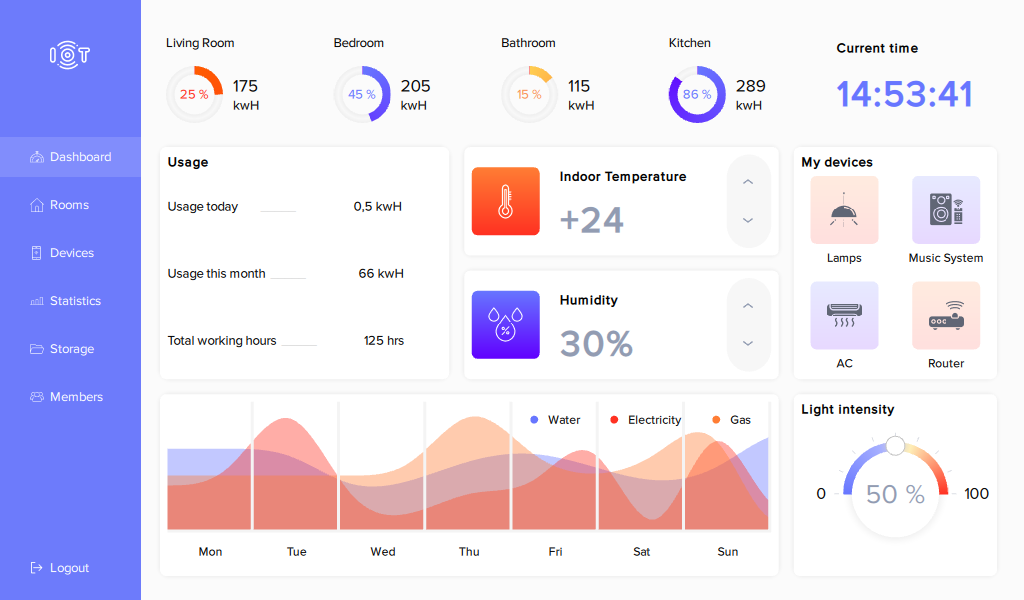* QskBoxBorderColors: Use gradients instead of colors * QskBoxBorderColors: rename API * render gradients on borders * boxes example: Also draw gradient borders * calculate proper numbers of needed border colors * fixup with example * support rounded corners * support more colors in rounded color gradients I THINK WE DON'T REALLY NEED THIS COMMIT * We don't need this commit either * Revert "We don't need this commit either" This reverts commit 2dc38064f7fee1d0505262fe5cebcf9e1fb16cea. * Revert "support more colors in rounded color gradients" This reverts commit 5754d2d0773d8273d42ae1775b53d40f5e6af26a. * fix borders for rect ellipses * play around a bit * small fixes * some helper stuff and missing stuff * user border colors * close to something working somehow * works a bit better * put it into an own function * rearrange a bit * something's off * still off, but seems like we need an additional line * works but hackish * now it works * bring back samples * correction * pimp up example * fix normal rendering * some more debugging etc. * turn around gradients * turn around rectangular gradients as well * turn around easier * more test cases * fix fill case * more test cases * clean up a bit * clean up example * clean up some more * incorporate feedback from Uwe * fix bug when using horizontal gradients
QSkinny
The (Q)Skinny library is a framework built on top of the Qt scene graph and very few core classes from Qt/Quick. It offers a set of lightweight controls, that can be used from C++ and/or QML.
Doing the implementation in C++ allows to make use of the "scene graph" classes. Building controls from scene graph nodes allows for a lighter implementation than found with stacking "heavier" objects like QObject or QQuickItem. Offering a full featured C++ API allows the application code to benefit from following the same strategies.
Being "skinny" also means a design that separates concerns between the API and logic of the controls themselves, the styling of these controls, and the delegated rendering of the controls to the screen.
The code already provides a solid fundament for an automotive GUI with currently ~300K lines of pure C++ code. As expected it results in a good startup performance and a low memory footprint.
Nontheless QSkinny is lacking in areas like documentation or appealing default skins. The QML API has not been completed after reaching a proof of concept state. Furthermore the current selection of the implemented controls is limited to the needs of the driving projects.
QSkinny is supposed to run on all platforms being supported by Qt/Quick. But so far only Linux is actively tested. It might support all versions Qt >= 5.6, but you can rely on:
- Qt 5.6
- current long term supported ( LTS ) version of Qt
- current version of Qt
On debian bullseye these packages need to be installed: build-essential qt-qmake qtbase5-dev qtbase5-private-dev qtdeclarative5-dev qtdeclarative5-private-dev libqt5svg5-dev.
If you want to know more about QSkinny - or even like to give it a specific direction - please contact support@qskinny.org.
Contributing to QSkinny
For now QSkinny is licensed under LGPL v2.1. In the future, We want to have the possibility to transfer the QSkinny code to a more permissive license, i.e. any of the following or similar licenses: BSD "Simplified" License, BSD "Revised" License or MIT license.
If you are fine with these terms, you are welcome to contribute to QSkinny by completing the following steps:
- Agree to the terms of the Contributor Agreement. You can create a pull request first, then the licensing bot will check automatically whether you already signed the Agreement or not. If you have not signed it yet, it will take you to the Agreement to agree.
- Submit your pull request for review.
